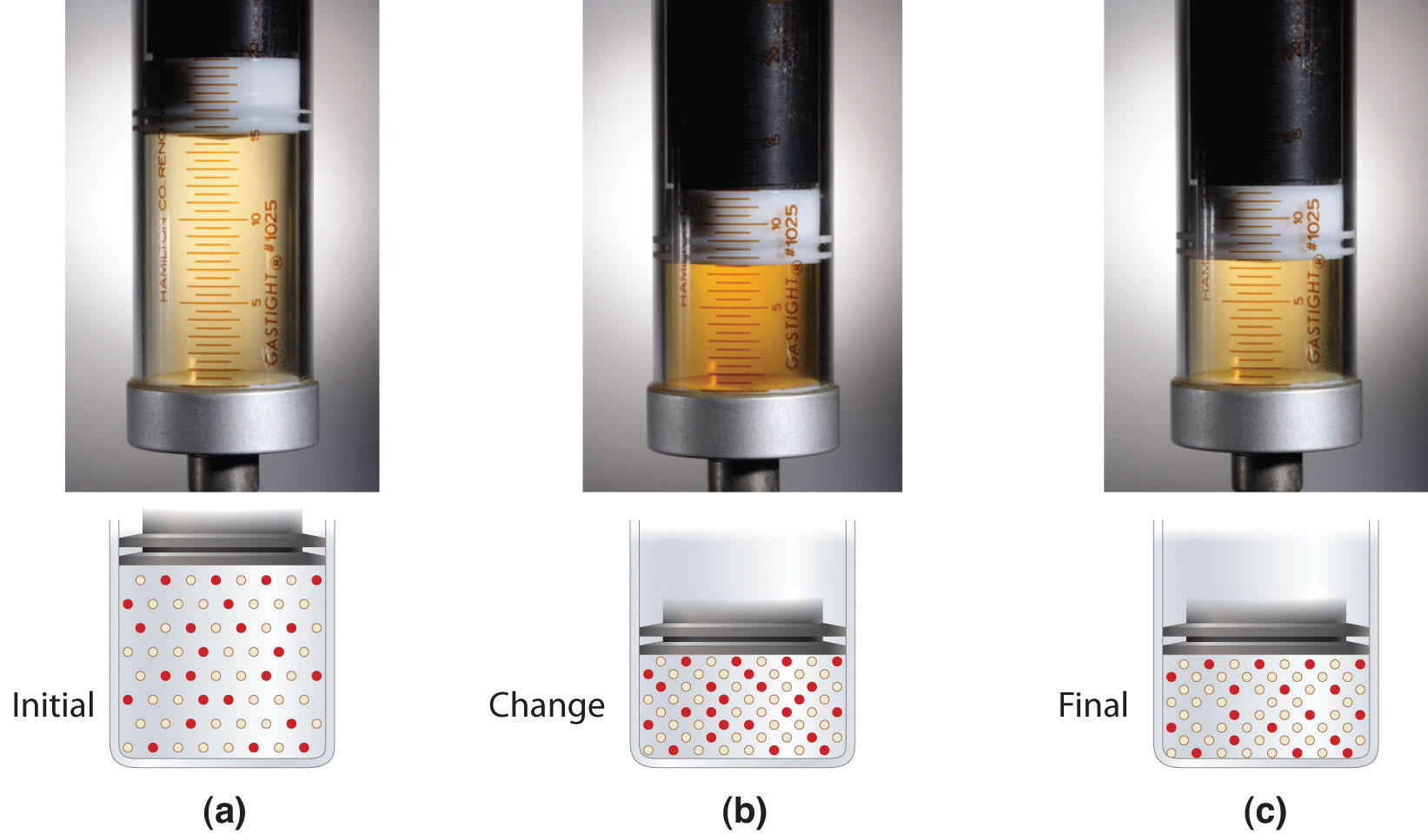Using this convention, the equilibrium constant expression for the reaction between acetic acid and water would be written as follows.
Like the equilibrium constant expression for the dissociation of water, this is a legitimate equation. But most acids are weak, so the equilibrium concentration of H2O is effectively the same after dissociation as before the acid was added. Because the [H2O] term has no effect on the equilibrium it is built into the equilibrium constant for the reaction as follows.
The result is an equilibrium constant for this equation known as the acid-dissociation equilibrium constant, Ka. For this reaction:
In general, for any acid HA:
Values of Ka can be used to estimate the relative strengths of acids. The larger the value of Ka, the stronger the acid. By definition, a compound is classified as a strong acid when Ka is larger than 1. Weak acids have values of Ka that are smaller than 1. A list of the acid-dissociation equilibrium constants for some common acids is given in the table below.

Values of Ka for Common Acids

| Strong Acids | Ka | |
| hydrochloric acid | (HCl) | 1 x 106 |
| sulfuric acid | (H2SO4) | 1 x 103 |
| hydronium ion | (H3O+) | 55 |
| nitric acid | (HNO3) | 28 |
| Weak Acids | Ka | |
| phosphoric acid | (H3PO4) | 7.1 x 10-3 |
| citric acid | (C6H7O8) | 7.5 x 10-4 |
| acetic acid | (CH3CO2H) | 1.8 x 10-5 |
| boric acid | (H3BO3) | 7.3 x 10-10 |
| water | (H2O) | 1.8 x 10-16 |
The table above provides us with the basis for understanding the difference between strong acids and weak acids. Think about the reaction between a very strong acid and water.
HCl is a much stronger acid than the H3O+ ion. This means that H2O is a stronger base than the Cl- ion. Pinstripe 1.0.3 for pc. It isn't surprising to find that the stronger of a pair of acids reacts with the stronger of a pair of bases to give a weaker acid and a weaker base.
Let's consider the reaction between acetic acid and water.
| HOAc(aq) | + | H2O(l) | H3O+(aq) | + | OAc-(aq) |
| Ka = 1.8 x 10-5 | Ka = 55 |
In this case, the reaction tries to convert the weaker of a pair of acids and the weaker of a pair of bases into a stronger acid and a stronger base. It isn't surprising to find that this reaction occurs to only a minor extent.
As the value of Ka decreases further the extent to which the acid will react with water must decrease as well. Inevitably, we should encounter acids that are so weak they can't compete with water as a source of the H3O+ ion.
